How to Choose the Perfect Kitchen Chairs for Your Home Style
When it comes to designing a kitchen that seamlessly blends style and functionality, the choice of kitchen chairs plays a pivotal role. According to a recent report by the National Kitchen & Bath Association, over 70% of homeowners now prioritize aesthetics in their kitchen furnishings, with kitchen chairs being a central focus of this trend. The right chairs can enhance the overall ambiance of your kitchen and complement your home’s decor, whether it leans toward modern minimalism or classic rustic charm. With an array of materials, colors, and designs available, selecting the perfect kitchen chairs is not just about comfort and durability but also about reflecting your personal style. This guide will navigate you through the essential factors to consider when choosing kitchen chairs that align with your unique home style.
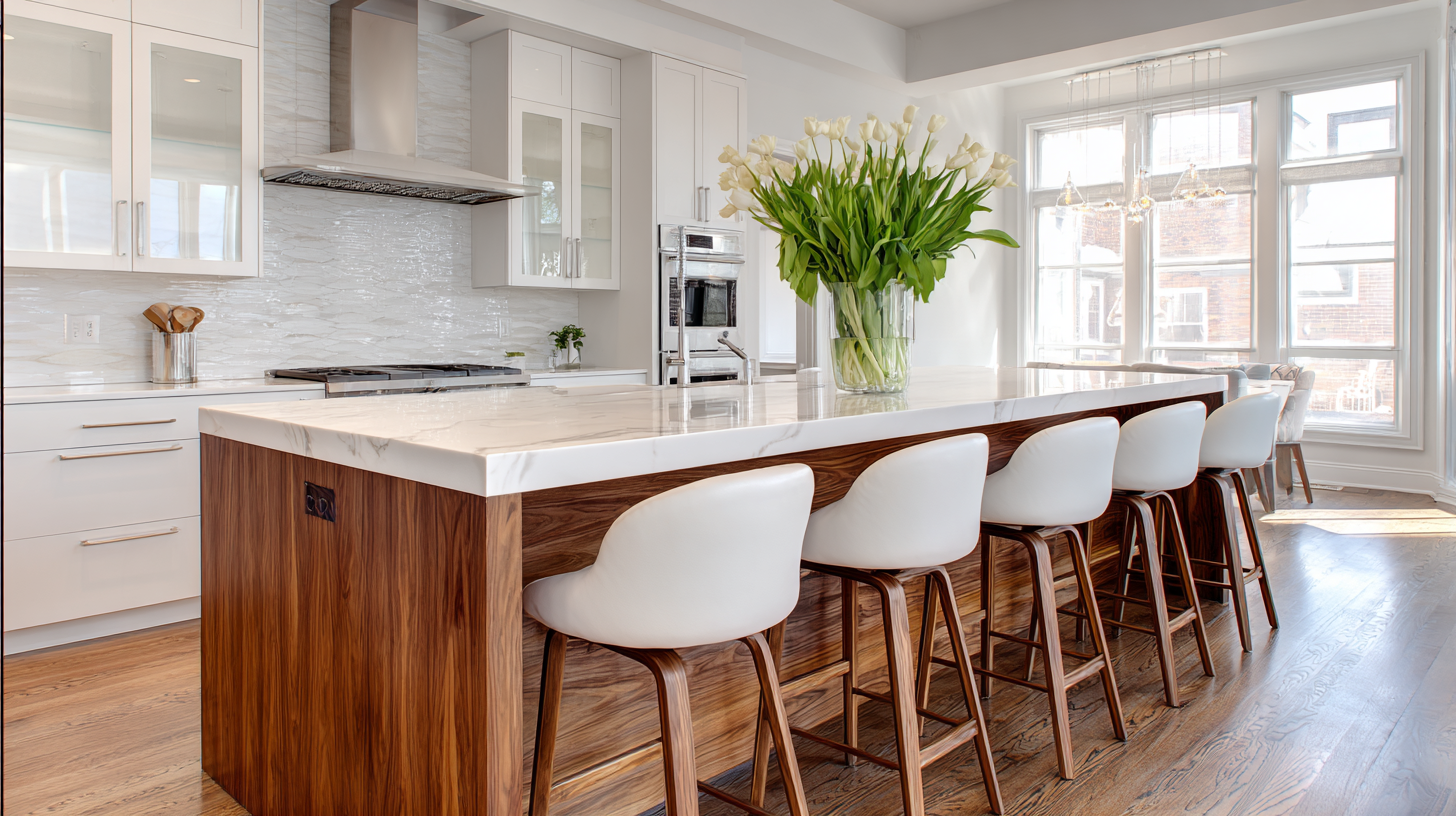
Identifying Your Home Style: Key Elements to Consider
Identifying your home style is crucial when selecting the perfect kitchen chairs. Key elements to consider include your existing decor, color schemes, and the overall atmosphere you wish to create. According to a recent survey by the National Kitchen and Bath Association, 85% of homeowners prioritize comfort and style when choosing kitchen furnishings. This reflects a growing trend towards personalized spaces that resonate with individual tastes.
When assessing your home style, pay attention to major design aesthetics such as modern, rustic, or traditional. For a modern look, opt for sleek, minimalist chair designs with neutral hues. In contrast, rustic styles benefit from wooden chairs with textured finishes.
Tips:
- Consider the scale of your kitchen; larger spaces can accommodate bulkier chairs, while smaller areas benefit from lightweight, stackable options.
- Don’t forget to factor in the functionality; chairs that double as storage can be a smart choice for compact kitchens.
With the right considerations in place, your kitchen chairs can complement your home style while enhancing practicality and comfort.
Understanding Different Types of Kitchen Chairs and Their Features
When selecting the perfect kitchen chairs, it's essential to understand the various types available, each with unique features that can complement your home style. For instance, wooden chairs offer a timeless appeal and durability, making them ideal for traditional or rustic kitchens. On the other hand, metal chairs can bring a sleek, modern touch, often being lightweight and easy to clean, perfect for contemporary spaces.
Tips: Consider the height of your dining table when choosing chairs to ensure comfort and functionality. Additionally, think about the material; upholstered chairs can provide extra comfort but may require more maintenance.
Another popular option is the barstool, which works well in kitchens with breakfast bars or islands. These chairs can vary in height and style, from modern designs with clean lines to vintage or industrial looks. Selecting the right blend of materials and styles can create a cohesive feel in your kitchen while serving practical needs.
Tips: Always test chairs for comfort and support before making a purchase, and consider how well they will fit with other elements in your kitchen decor.
Balancing Comfort and Aesthetics: Factors in Chair Selection
When selecting kitchen chairs, balancing comfort and aesthetics is crucial to creating a harmonious dining environment. The right chair should not only fit the style of your kitchen but also provide a comfortable seating experience. Consider the materials used in the chairs; cushioned seats can enhance comfort, while wood or metal designs can add a modern flair to your decor.
Tips for choosing the perfect kitchen chairs include assessing the scale of your dining area. Ensure the chairs are proportionate to your table and leave adequate space for movement. Moreover, think about the chair's height in relation to the table; typically, standard dining chair heights range from 17 to 19 inches. Another important factor is the style – whether you prefer rustic, contemporary, or minimalist designs, choose chairs that resonate with your home’s overall aesthetic.
Functionality also plays a significant role in chair selection. If your family often gathers for meals, opt for chairs that are durable and easy to clean. Consider options with washable fabrics or non-porous surfaces. Also, incorporate accents that complement your kitchen’s color palette, such as cushion colors or wood finishes that tie the space together seamlessly.
How to Choose the Perfect Kitchen Chairs for Your Home Style
| Chair Style | Material | Comfort Rating | Price Range | Best For |
|---|---|---|---|---|
| Modern | Metal | 4/5 | $100 - $250 | Minimalistic Spaces |
| Farmhouse | Wood | 5/5 | $150 - $300 | Rustic Homes |
| Industrial | Reclaimed Wood & Metal | 4.5/5 | $200 - $400 | Urban Settings |
| Contemporary | Plastic | 3.5/5 | $60 - $150 | Modern Apartments |
| Classic | Upholstered Fabric | 5/5 | $200 - $500 | Traditional Homes |
Material Matters: Choosing the Right Fabric and Finish
When selecting kitchen chairs, the material plays a pivotal role in both aesthetics and functionality. According to a report by the Home Furnishings Association, around 70% of consumers consider durability to be the most important factor when choosing furniture. This highlights the necessity of selecting the right fabric and finish to withstand daily wear and tear, especially in high-traffic areas like the kitchen.
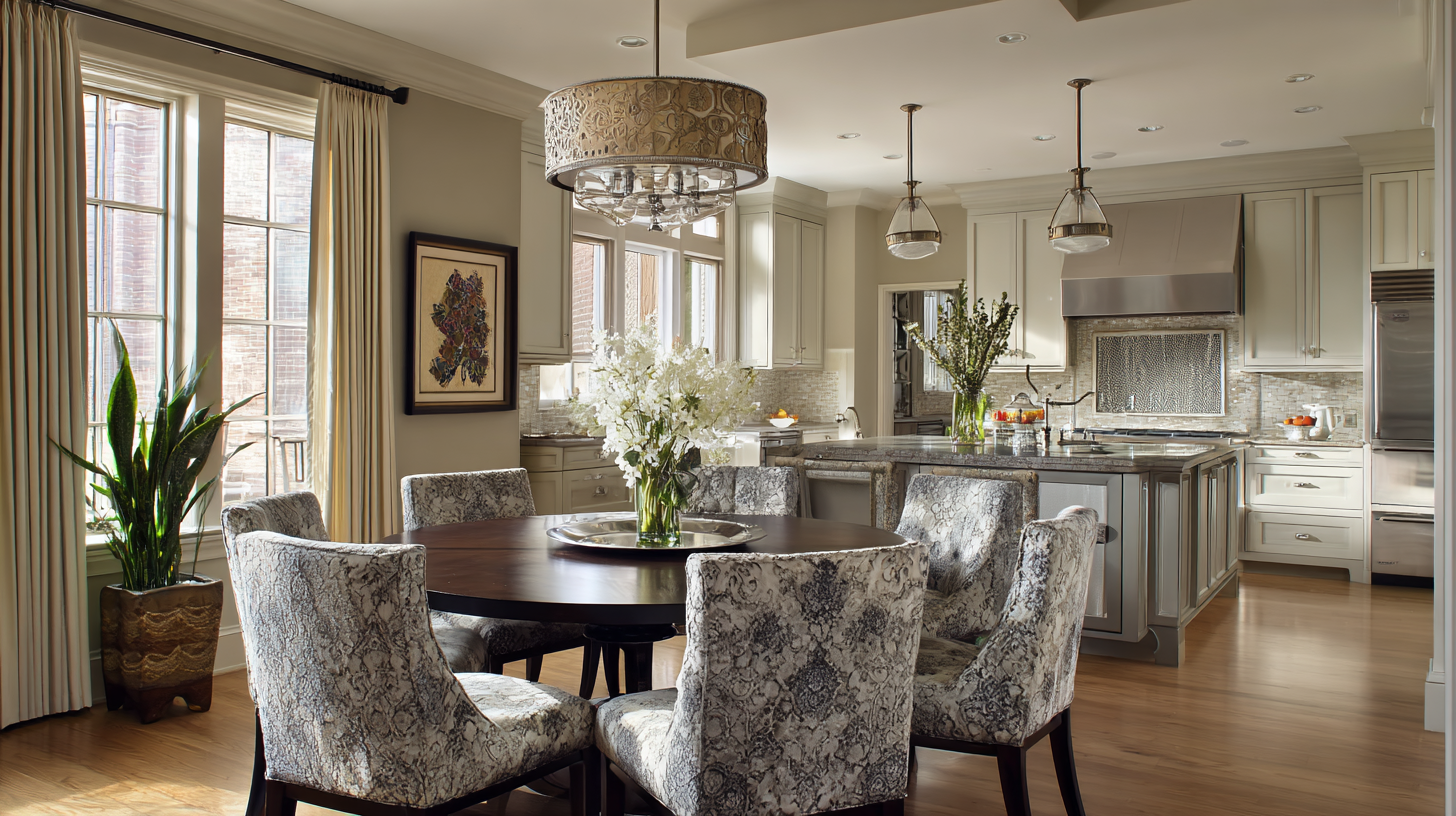 Upholstered chairs provide comfort but require more consideration regarding materials. Fabrics like microfiber and performance textiles have gained popularity due to their stain resistance and easy maintenance. A study by the International Textile Market Association noted that nearly 60% of homeowners prefer fabrics that can withstand spills and are easy to wipe down. Meanwhile, wooden chairs with finishes such as polyurethane offer a classic look and superior durability, making them ideal for casual eating spaces.
Upholstered chairs provide comfort but require more consideration regarding materials. Fabrics like microfiber and performance textiles have gained popularity due to their stain resistance and easy maintenance. A study by the International Textile Market Association noted that nearly 60% of homeowners prefer fabrics that can withstand spills and are easy to wipe down. Meanwhile, wooden chairs with finishes such as polyurethane offer a classic look and superior durability, making them ideal for casual eating spaces.
Selecting the right combination of materials not only enhances the kitchen's visual appeal but also contributes to the longevity of your furniture investment.
Finding the Perfect Size and Proportion for Your Space
When selecting kitchen chairs that harmonize with your home style, size and proportion play crucial roles. To begin with, it's essential to measure the dining table's height and ensure that the chairs you choose provide comfortable seating without compromising the overall aesthetic. Typically, a gap of 10-12 inches between the seat of the chair and the table allows for ample legroom, making dining a pleasant experience.
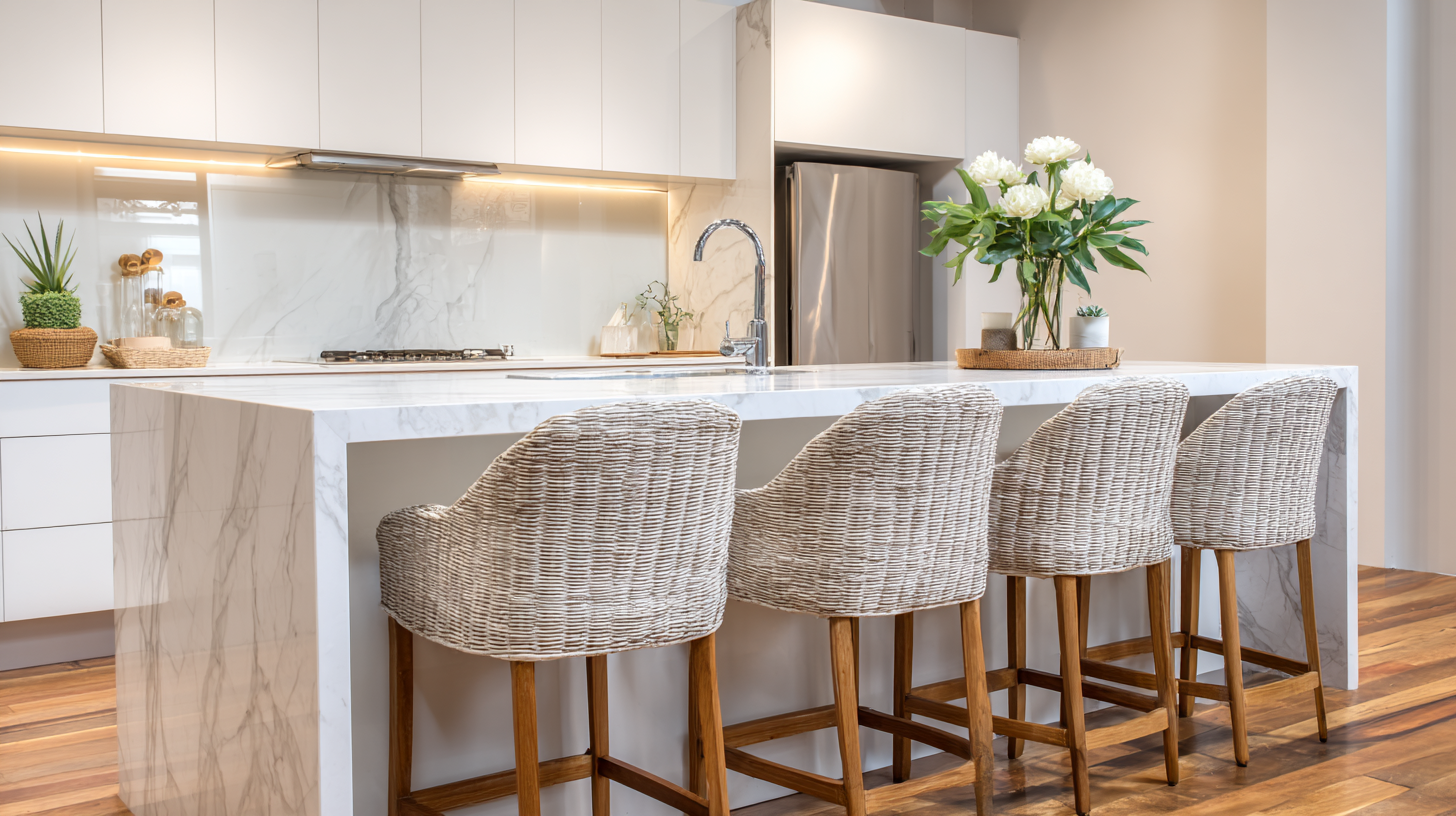
Moreover, consider the visual weight and scale of the chairs in relation to your kitchen space. For smaller kitchens, opting for sleek, lightweight chairs can prevent the area from feeling cramped. In contrast, a spacious kitchen can accommodate bulkier, more robust chairs, allowing for a cozy yet stylish dining arrangement. Maintaining balance in terms of size not only enhances usability but also contributes to the overall design harmony of your home.
Related Posts
-

Unconventional Dining Table and Chairs Alternatives to Elevate Your Space
-
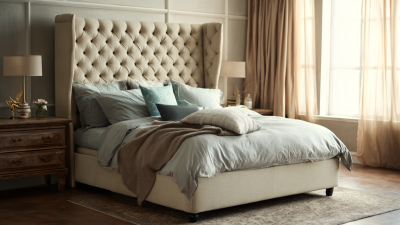
5 Reasons Why the Best Upholstered Bed Can Transform Your Sleep Quality
-
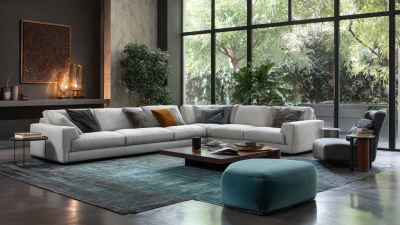
7 Essential Tips for Selecting Contemporary Furniture for Your Home
-

5 Innovative Tips for Choosing Dining Room Chairs that Enhance Comfort and Style
-

Ultimate Guide to Choosing the Best Patio Furniture for Your Outdoor Space
-
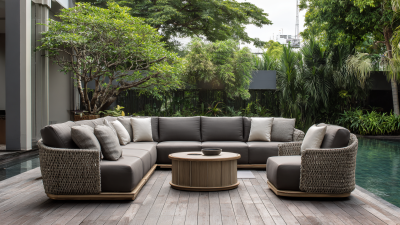
Finding Quality Suppliers for the Best Outdoor Sofa in a Competitive Market